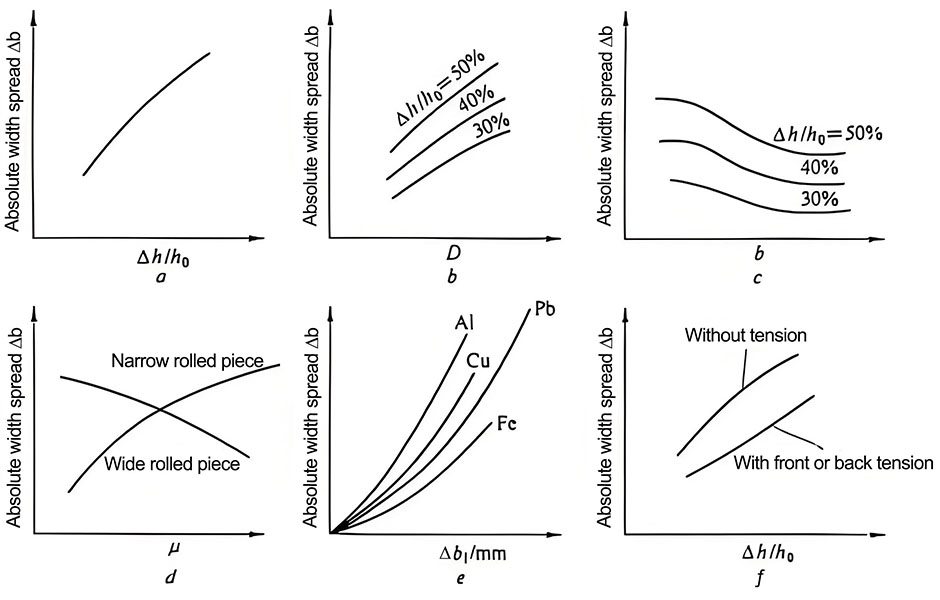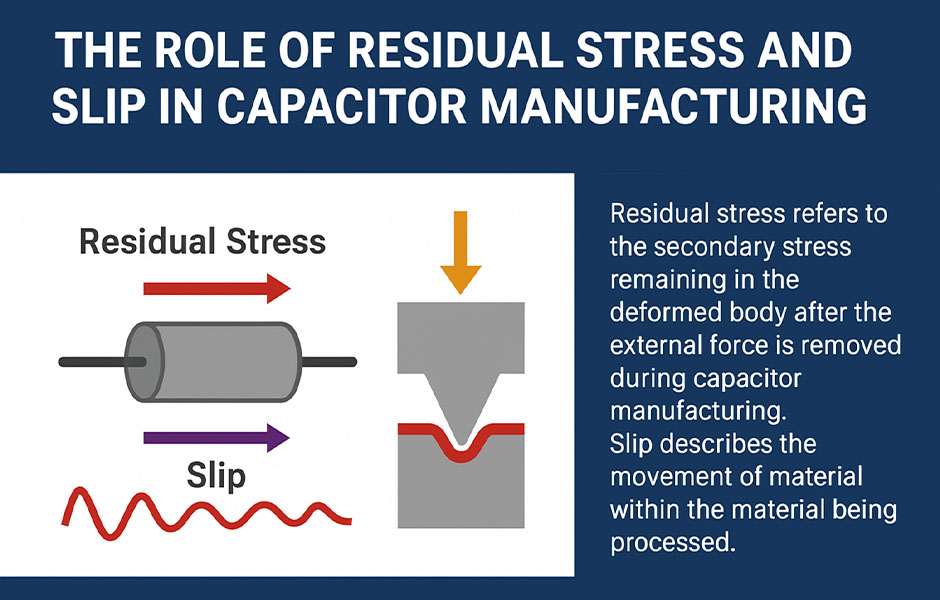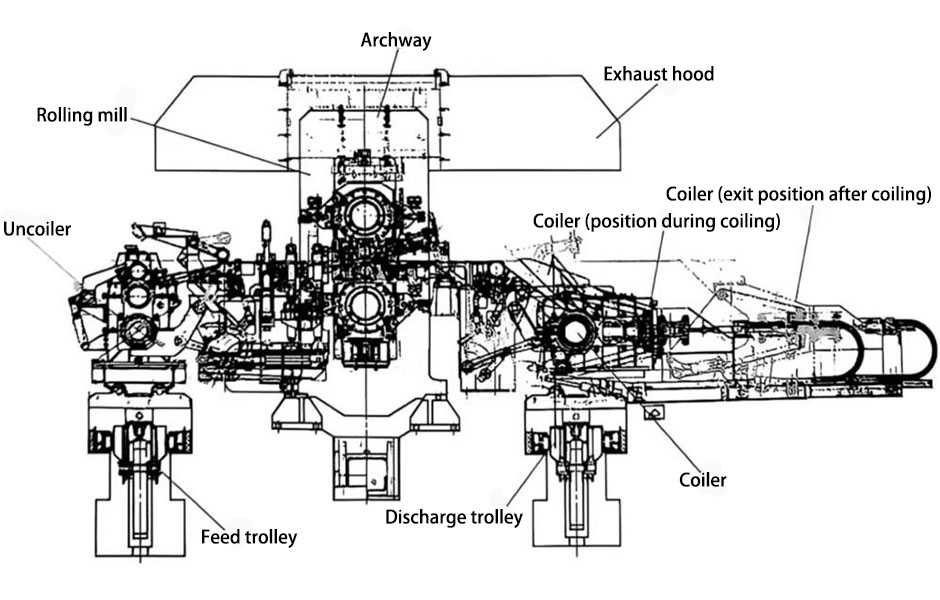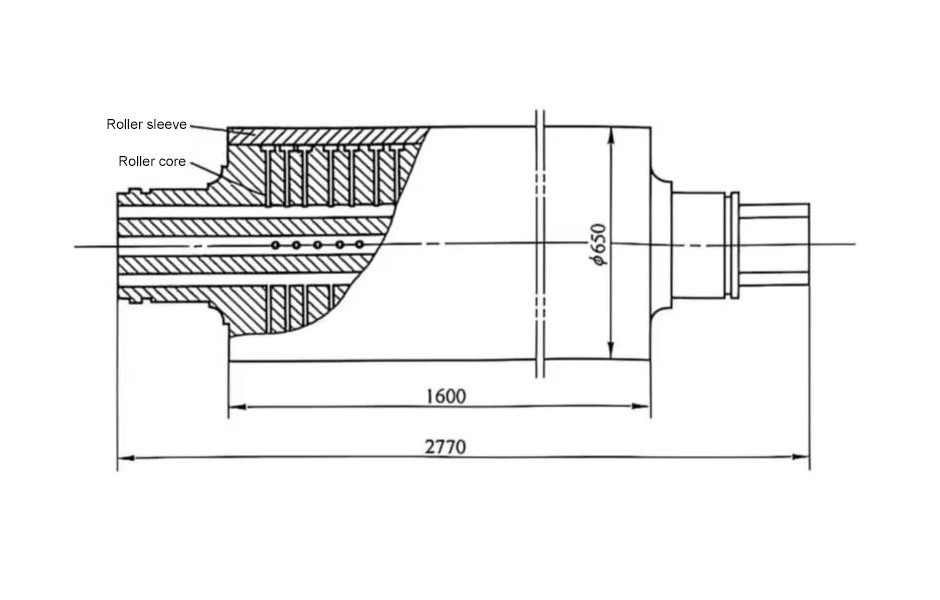Safety capacitors are safety capacitors that will not affect the human body even if they fail. They are favored because of their high safety expertise. However, for the purchase or use of safety capacitors, routine testing of safety capacitors is an indispensable process.
1. Rotate the shaft gently with your hands. It should feel very smooth, and should not feel loose, sometimes tight or even stuck. When pushing the load shaft forward, backward, up, down, left, right, etc., the shaft should not be loose.
2. Rotate the shaft with one hand and gently touch the outer edge of the film set with the other hand. You should not feel any looseness. The variable capacitor with poor contact between the rotating shaft and the moving plate can no longer be used.
3. Place the multimeter in the R×10k gear, connect the two test leads to the moving piece and the leading end of the fixed piece of the variable capacitor with one hand, and slowly rotate the shaft several times with the other hand. The pointers of the multimeter are all Should not move at infinity. In the process of rotating the shaft, if the pointer sometimes points to zero, it indicates that there is a short-circuit point between the moving piece and the fixed piece; if it encounters a certain angle, the multimeter reading is not infinity but a certain resistance value, indicating that the variable capacitor is moving. There is a leakage phenomenon between the film and the stator.
The above is the routine testing of safety capacitors. According to these detection methods, whether there is a problem with the safety capacitor can be found in time, and the poor quality safety capacitor can be eliminated as soon as possible.




